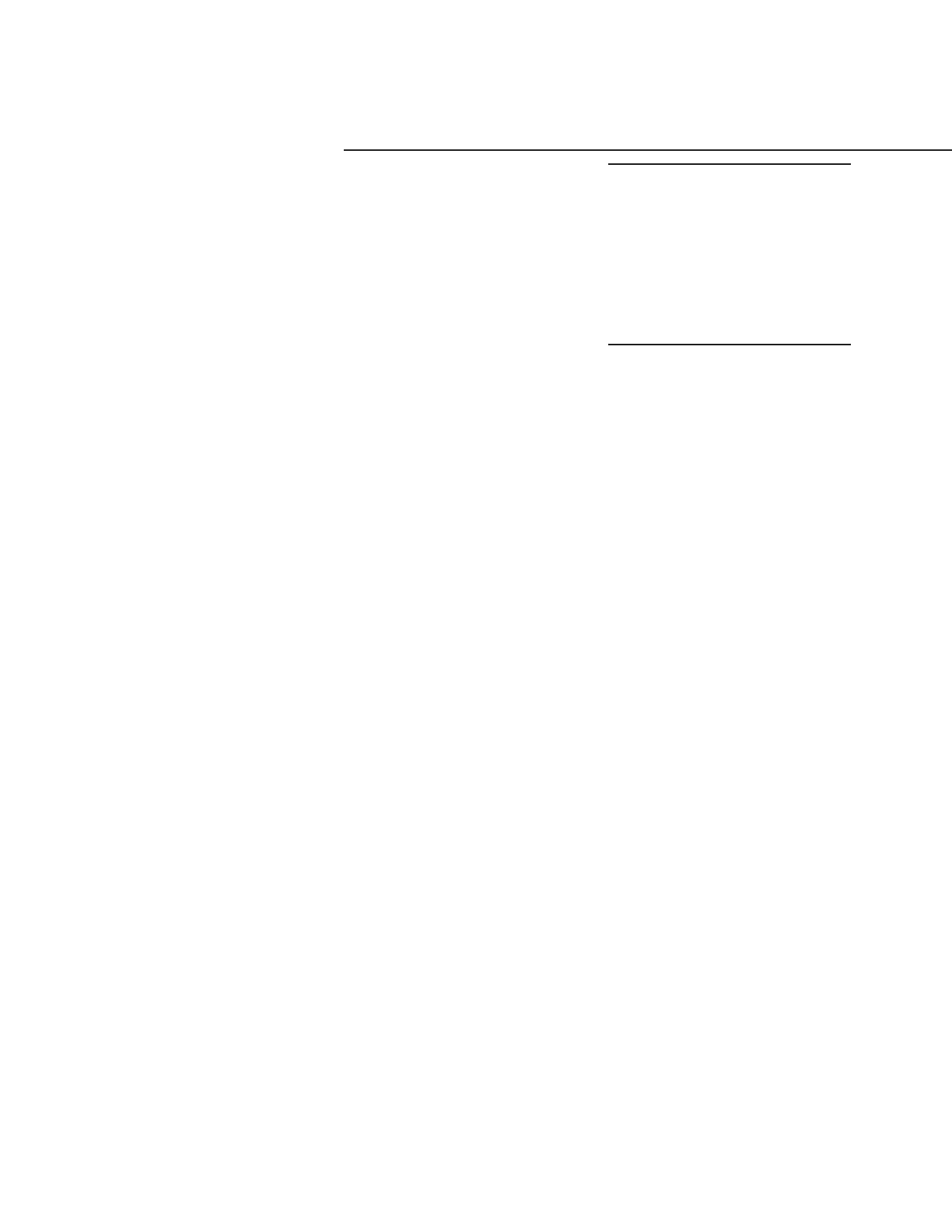54
RTAA-IOM-3
Piping Installation
Procedures
The outdoor unit and the evaporator
are shipped with a 25 psig holding
pressure of dry nitrogen. Do not relieve
this pressure until field installation of
the refrigerant piping is to be
accomplished. This will require the
removal of the temporary pipe caps.
Note: Use Type L refrigerant-grade
copper tubing only.
The refrigerant lines must be isolated
to prevent line vibration from being
transferred to the building. Do not
secure the lines rigidly to the building
at any point.
All horizontal suction lines should be
pitched downward, in the direction of
flow, at a slope of 1/2 in. per 10 feet of
run, This allows for larger line size,
which will improve unit efficiency.
Do not use a saw to remove end caps,
as this may allow copper chips to
contaminate the system. Use a tubing
cutter or heat to remove the end caps.
When sweating copper joints, flow dry
nitrogen through the system. This
prevents scale formation and the
possible formation of an explosive
mixture of R-22 and air. This will also
prevent the formation of toxic
phosgene gas, which occurs when
refrigerant is exposed to open flame.
WARNING: To prevent Injury or
death, due to explosion and/or
inhalation of phosgene gas,
purge the system thoroughly
while sweating connections. Use
a pressure regulator in the line
between the unit and the high
pressure nitrogen cylinder to
avoid over-pressurization and
possible explosion.
Refrigerant Sensors
The suction line refrigerant sensors
must be installed by the contractor
installing the refrigerant piping. The
sensors are pre-wired and each is
“wire-tied” to its respective liquid line.
Fittings and adapters for mounting of
the sensors are located in the remote
evaporator terminal box. See Figure 32
for mounting instructions.
